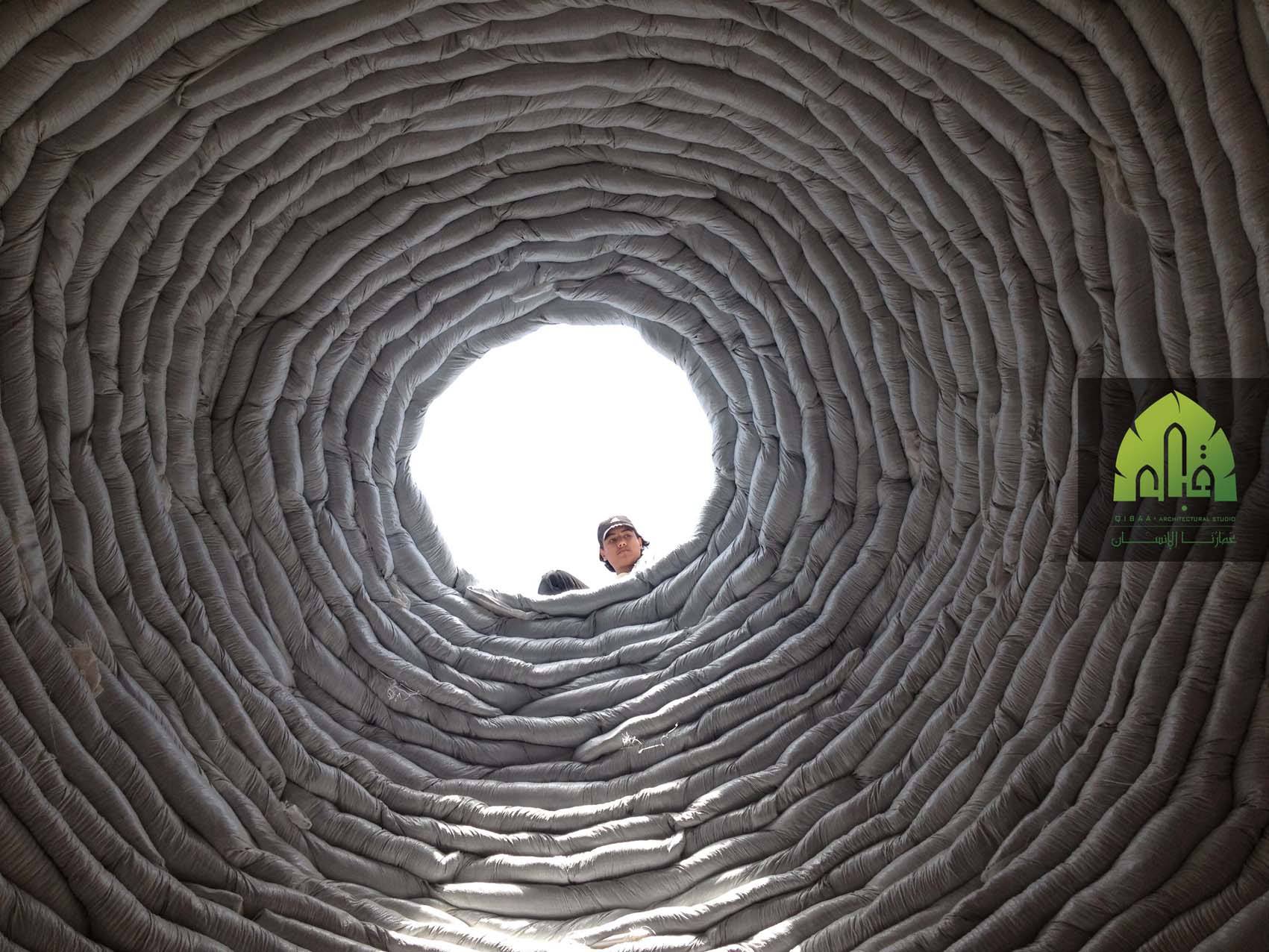Over the past seven years, news about Syria and the conflict since the so-called “Arab Spring” has filled the front pages and timelines. Since 2011, all of us have witnessed in real time the evolution of a civil war of complex and murky factions whose tentacles undoubtedly escape the borders of the Middle East, with the support of Russia and the United States among others, and which originated in the wake of the uprising against the Bashar al-Assad regime. The devastation caused by the fighting has increased exponentially in almost a decade in which bombings and attacks have forced at least five million people to leave their homes.
One year after the beginning of the uprising, the protests reach Aleppo, the economic capital of the country and the most populous city with more than four million inhabitants. Since then, the city has suffered apocalyptic destruction, and its people have seen the streets turn into death camps from which it was impossible to escape. The flight from the city became a passage to hell through what they called “the road of death”, a 500m road under constant crossfire that prevented a frightened population from escaping, forcing them to survive hidden in the ruins of their homes.
However, in 2016, the Syrian Liberation Army dealt a heavy blow to Al Assad’s troops, resulting in the reconquest of Aleppo. Although the city remained in clear danger over the next few months, and the resolution of the global conflict is not even in sight yet, the satisfaction of millions of survivors with glimpsing the possibility of returning to their homes caused many of them to begin to imagine a life in the midst of that devastation.
Rehab as a strategy of war
The media all over the world echoed the movements that sought to set in motion an initiative of hope, of life beyond hell amidst the ruins. Not only that, architectural and urban planning platforms such as “Matter Better” were launched with the launch of competitions that sought to get offices in all countries to propose their ideas for reconstruction. By the end of 2017 many large studios had been awarded for brilliant ideas, where media economy and ease of construction were paramount.
Some of the winning projects in the Matter Better contest. We encourage you to see them all here. All rights reserved by MatterBetter and its respective authors.
However, the people of Syria still had something to say. Although the ideas brought hope after the conflict was resolved, the Syrian offices had a cross-cutting view: Reconstruction does not begin after the war, but during it. In addition, they supported ideas that sought to solve underlying pre-confrontation problems, such as corruption, through mere urban planning.
Thus, offices like Qibaa Studio were set up to develop projects that would allow people to re-inhabit Aleppo, and all of Syria, from the ground up, moving them away from the conflict zone, but preventing refugee movements from continuing to cost the lives of thousands of people. The use of vernacular strategies, such as earthen construction and the use of renewable energies, were the design patterns of an architecture that was introduced to the land to recover the survivors.
Quibaa Studio tests using pressed earth structures and earth sacks, with external liming. All images belong to Qibaa Studio
On the other hand, the architect Kahled Malas, supports the reconstruction of what he calls “Monuments to daily life”, in a movement that advocates hope, through rural architectures and closer to what the refugees conceive as familiar. Malas presented his work entitled “Digging the Sky” at the 14th Venice Biennale, in a journey through the changing landscape of Syria between World War I and the current conflict, as a way of becoming aware of the magnitude of the confrontation.
A Syria with a future
For millions of people, the strategies of these two examples signify a breath of hope by which they can continue to believe that their homeland still exists, at the heart of the survivors. Through the collaboration of all professionals from every corner of the world, these paradigms can become a reality worth turning to, and using against the powerful weapon of fear, a much more frightening one: Hope.

[expand title=”Links of interest and sources:”]
8 keys to understanding the conflict in Syria
Syria, Aleppo and its security
Syrian architects challenge post-war reconstruction in real time [/expand]